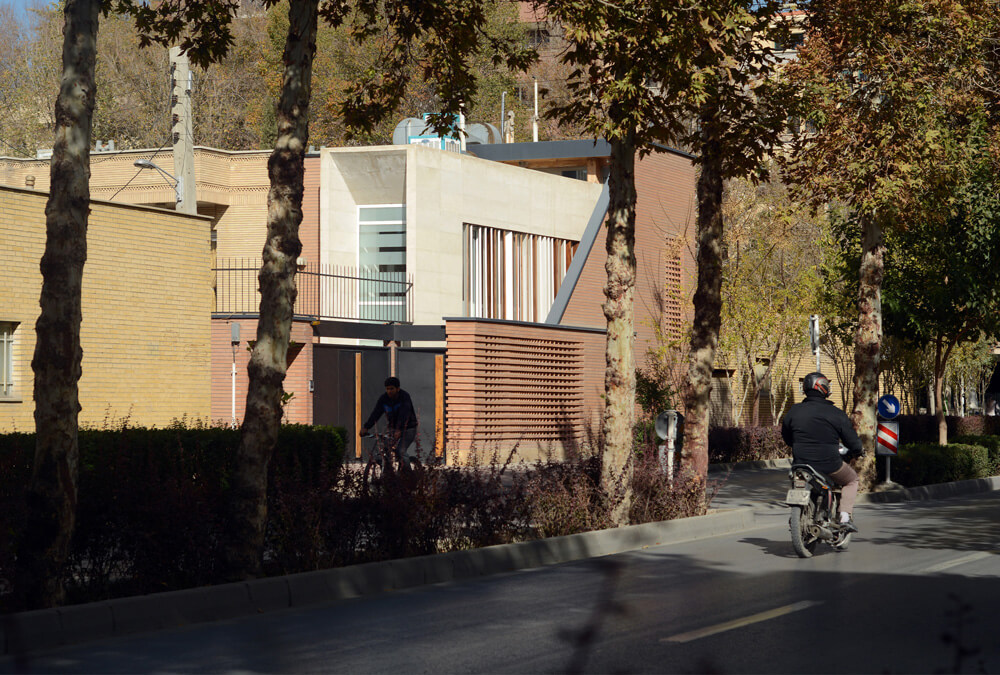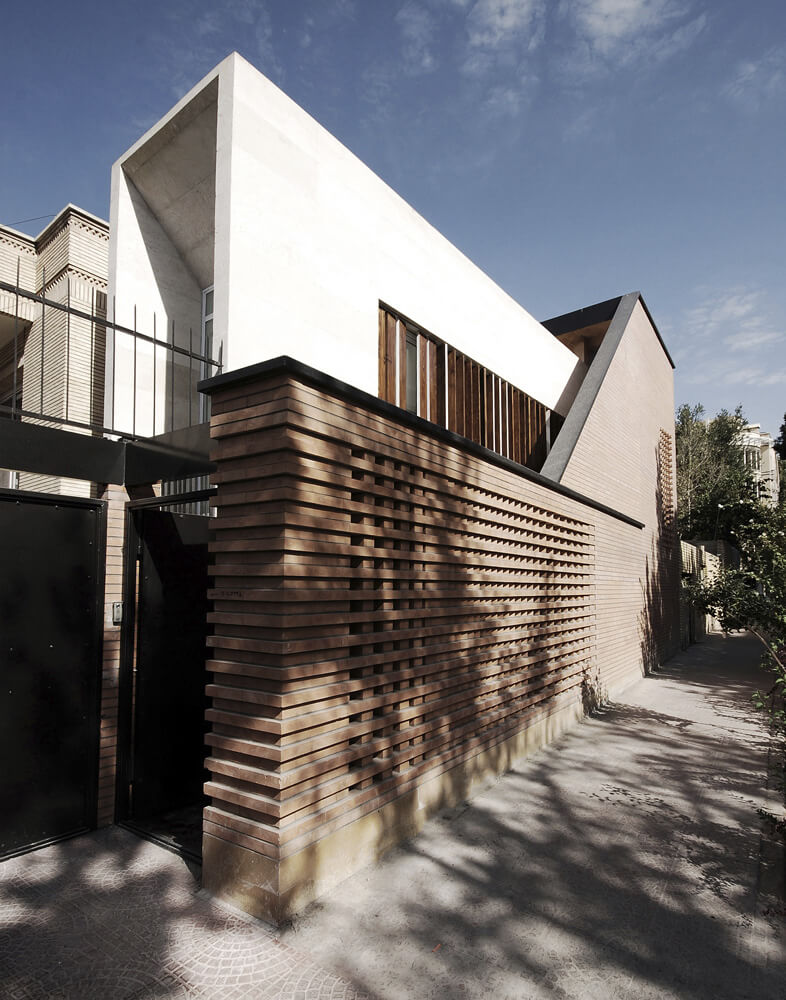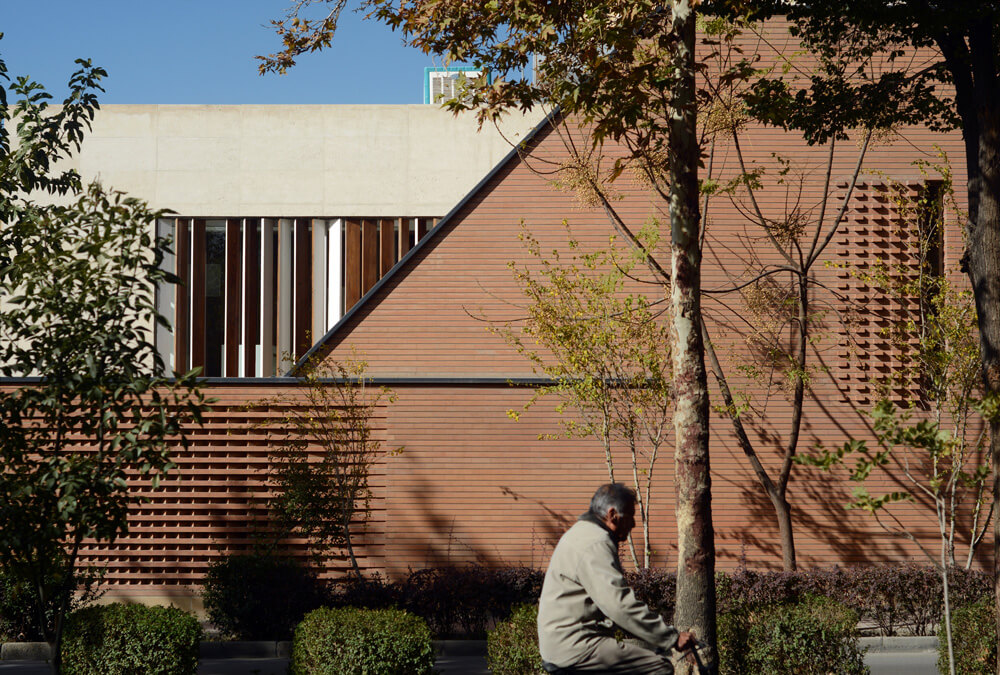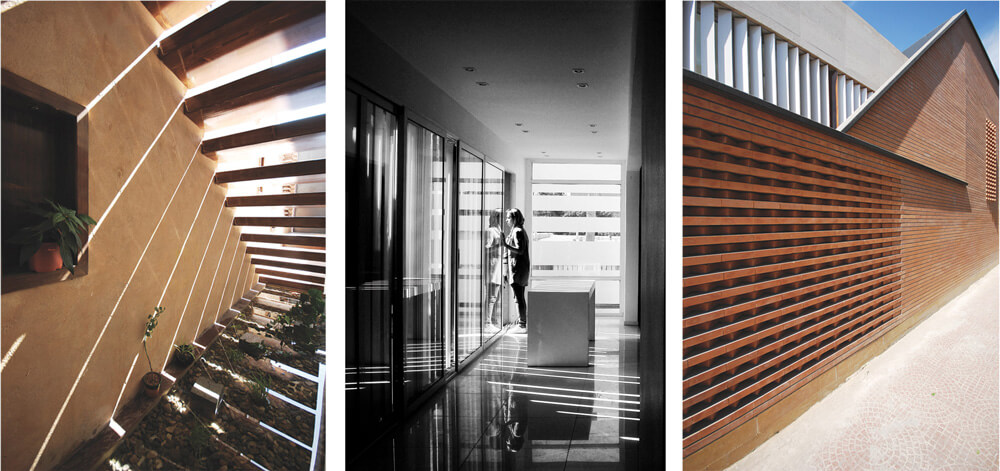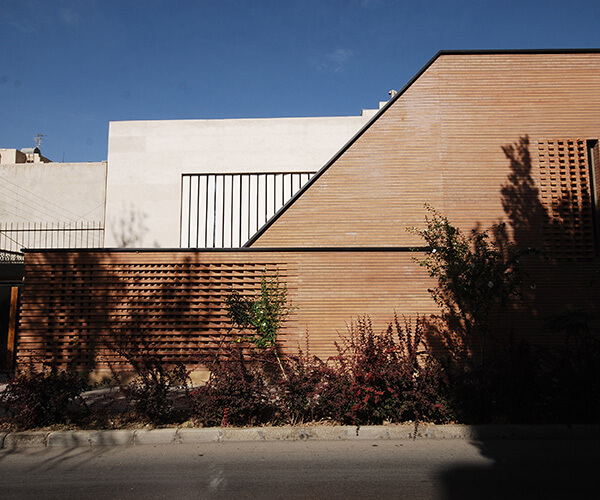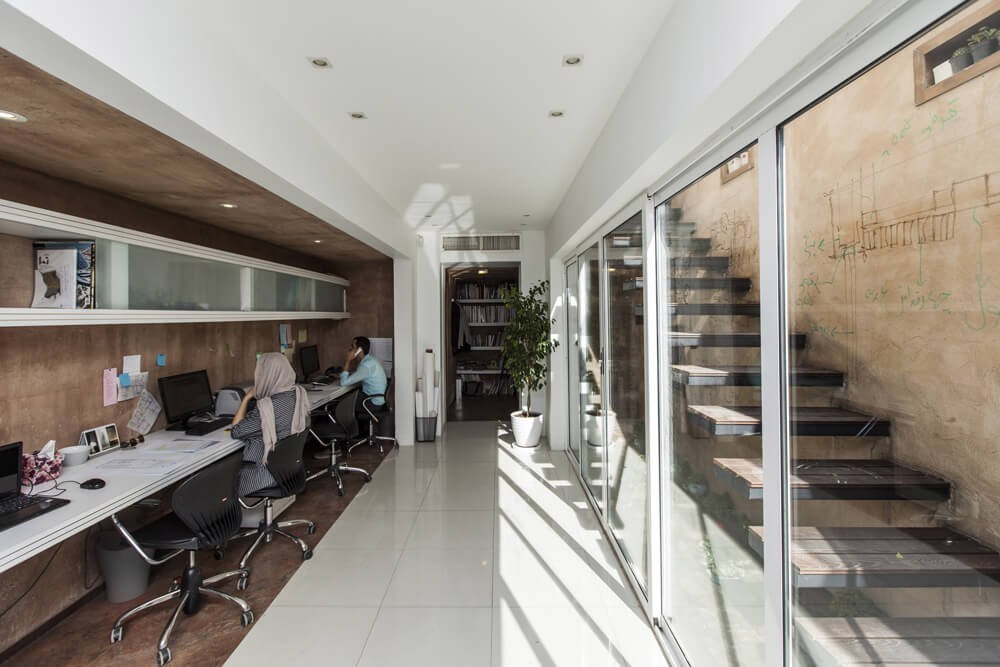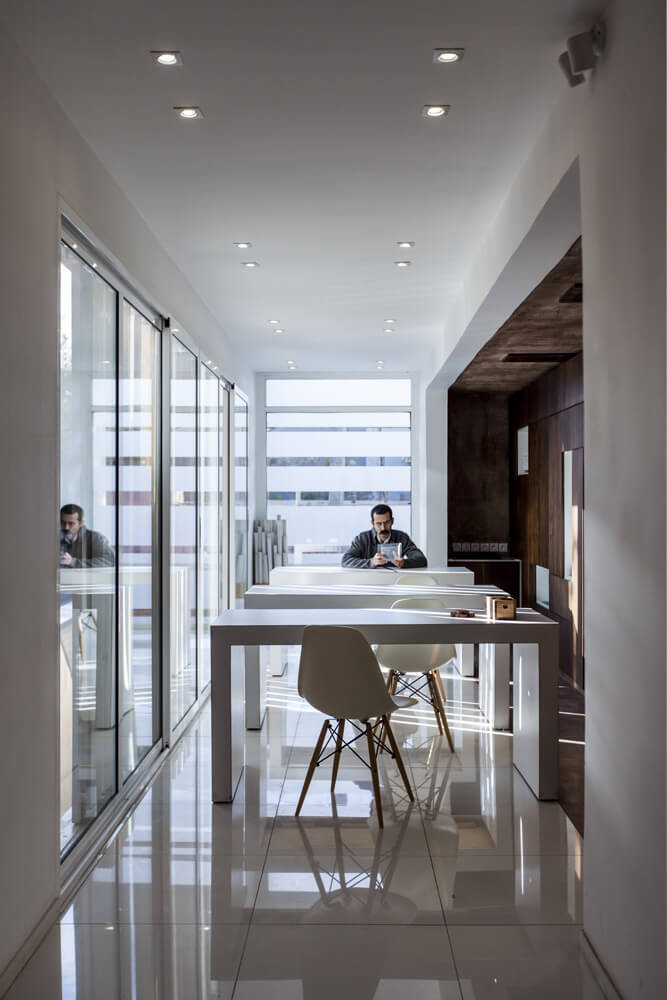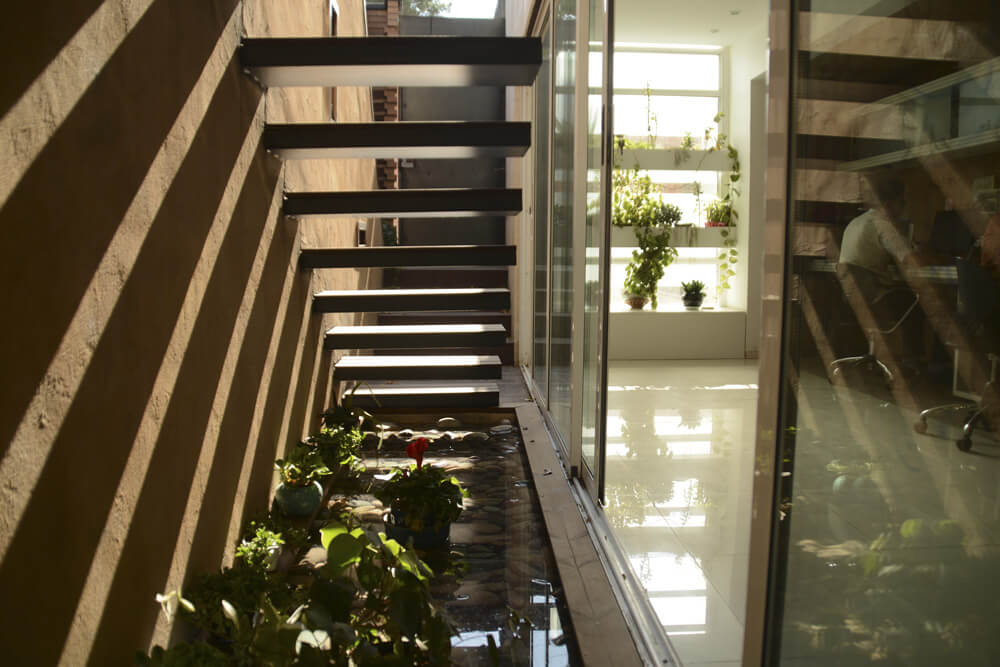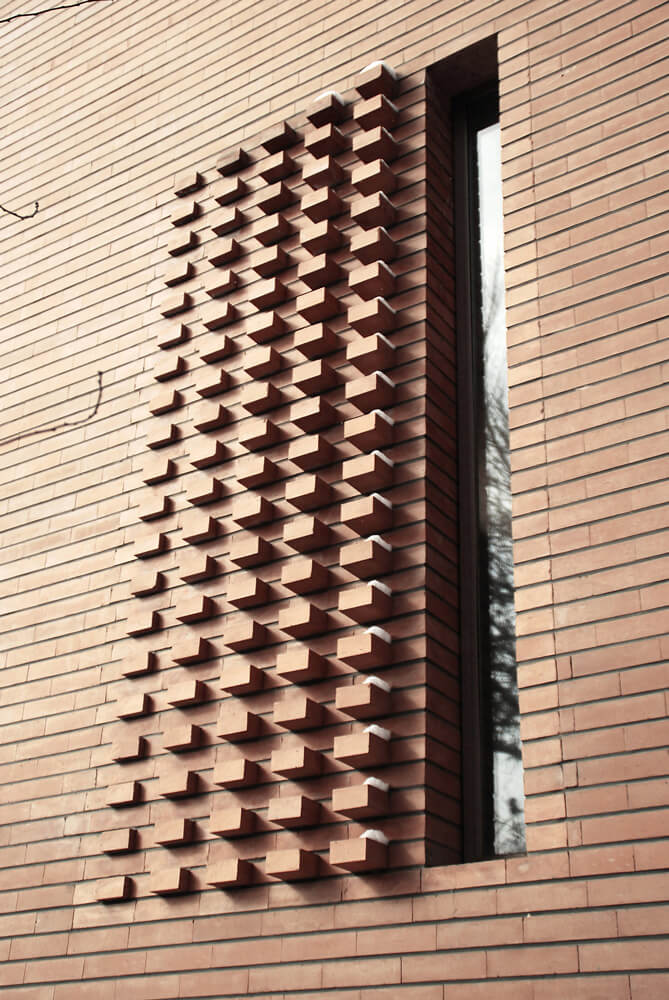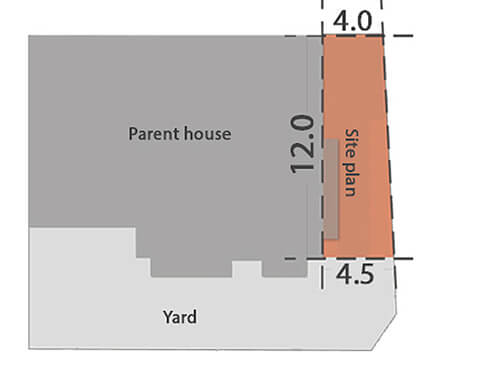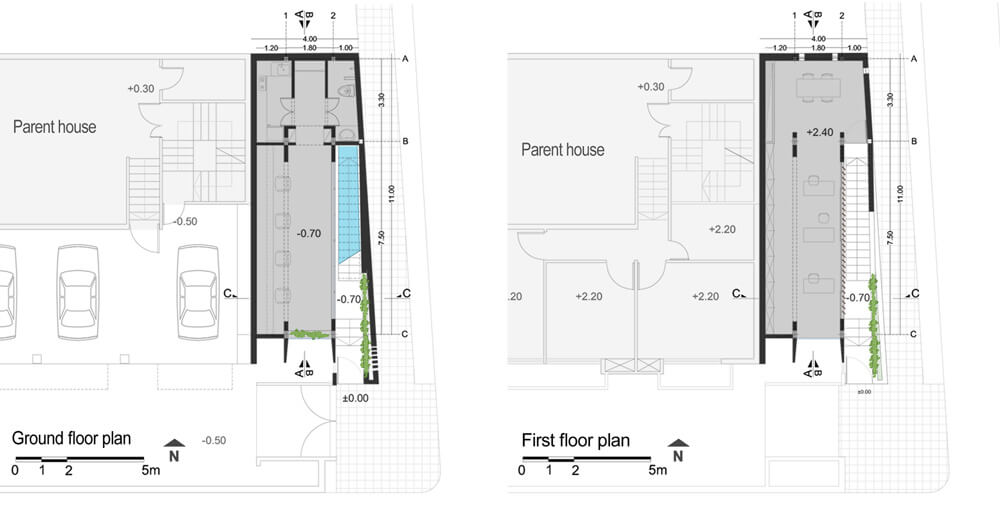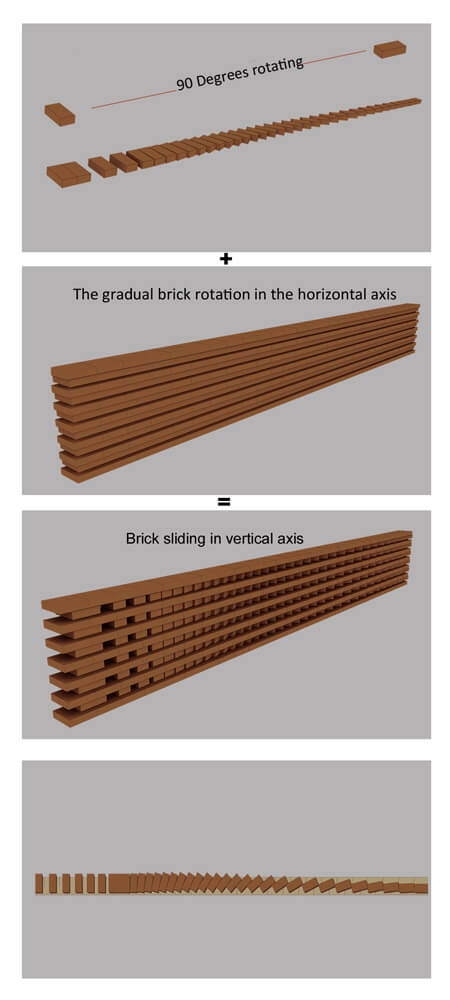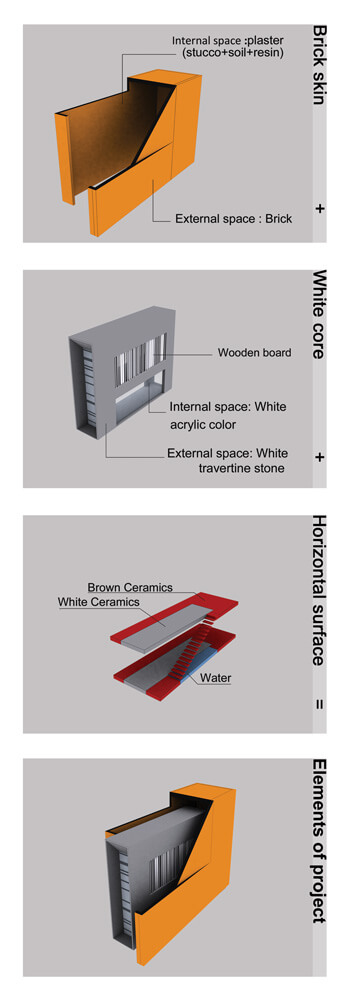4x12 Atelier / USE Studio
4x12 Atelier / USE Studio
Proposal
Today with the fast growth of the population in developing countries like Iran, cities are getting bigger and homes and residential spaces are getting smaller. On the one hand, vertical constructions have increased and, on the other hand one unit houses with yards are being replaced by the apartment complexes. In this context, living spaces are losing their quality and as a result homes and workspaces are turning to shelters. During the past four decades, this matter has changed the body of cities like Isfahan and has highly influenced the lives of its people. Among these alterations, some parts of the quality of Iranian architecture like the yards are lost. Introverted architecture (based on culture and attitude of the people) has been transformed to extroverted boxes whose lack of accordance with the life style and Iranian’s attitude has compelled the architects to replace the lost spaces with some annexed elements.
The notable point is that with respect to the cost of land, construction and even the economic situation, accessing one of those boxes as residential or working place is rarely affordable for the big part of society.Today about 30% of Iran population are 20-35 years old who are forming an independent life; thus, they demand a place to live and work. The average monthly income is 400$ and the average value of a land lot in a town like Esfahan is about 1600$ per square meter. In addition, the minimum ownership land size is 200 m2 and average built area for commercial and residential units is 140 m2.140 m2*1600$=224000$/350$=640(months)/12(months in a year) = 53 years to buy a 1402 land with the entire salary!
Hence, based on the above analyze the small-scale urban spaces and land recycle become a priority for a designer. With respect to the numbers above, it is depicted that construction in cities needs reconsideration. We need an architectural style in small scale with an excellent quality, which has derived from culture and life style of people, “the missing factor”. In year 2002, with the widening municipal plan for Azar St (from 16m to 26m)., remained a 4m wide piece of land between the street and our house, which was a part of the yard until 2010.According to above discussion and in order to recycle this section, we decided to establish our studio in this 402 piece of land
Design Process
Intervention on the side of parent house introduced the project as an extension: We knew we were supposed to build a place in which most of our lifetime was going to be spent. This place is not just a working space, it is a space for an architect couple to live with the colleagues and a space to provide us the tranquility for thinking about the architecture and the city. In addition, the following points appeared as challenges:
- Due to land’s size, transparency and lightness were required, however, its being adjacent to a busy street necessitated privacy and introversion.
- How the building will work both as an architecture studio and as an icon in urban texture and also how it corresponds with the surrounding area
- How to provide the residential part with the connection between architecture studio and residential area so that they will not interfere and be independent.
- How is it possible to reach quality in architecture with the size limitations?
In this process by studding the ancient architecture of this country, we realized there are 3 principal functions of the court yard:
- Light engineering: by providing the yard with sunshine light, we can guarantee different fronts with different qualities.
- Relation engineering: in Iranian architecture, the yard is the center of gravity and division of all the connections and relations between spaces.
- View providing: by designing water fountain and greenery in the yards in desert areas, we may spectacular views.
Interior
Materials & construction technology
Due to the rise of oil price in the past decade and the change of economic situation in Iran, architecture has been transformed to a merchandise for investment. It leads to the formation of valueless spaces which are devoid of any quality which is attempted to be compensated by luxurious materials in order to attract investors. As a result, native materials are substituted by the composite and processed wood and expensive stones.
In this project, we have tried to reach our required quality with the use of inexpensive native materials accompanied with creativity in the construction technology. The usage of these materials has led to a genuine view both from inside and outside and it prevents an apocryphal façade. The core (white volume) and the crust (brick (earth)) are the elements of design. The white volume is the sign of a new event adjacent to the parent house which is covered by the axed Semirom stone and is painted by the white acrylic paint inside. With respect to the size limitation, this white paint creates a lighter space.
The skin, the connection element among us and the parent house and the city, embraces the white core. The location of project is in Abbas Abad neighborhood (one of the Safavid’s neighborhood) so the brick façade which is in relation with the city is in harmony with the surrounding building and its color difference displays the fact that it functions distinctly from the house.
As mentioned, at the time of building this project, the usage of brick was rare, thus in contrast with the non-native materials which have no harmony with the urban texture of Isfahan, we tried to attract the attention to this ancient material with some fine detailing in brickwork and we are proudly announce that after a couple of years, we were successful in being superior and influential in the usage of brick in Isfahan. The inside walls are also covered with earth which is combined with red plaster and fixed with a natural resin (resin), so it is very inexpensive and spectacular at the same time.
Drawings
Extra Info
Design Team:
Mohammad Arab, Mina Moieneddini
Area:
70.0 sqm
Project Year:
2011




